This project is carried out by Yamaha and explores the importance of air pressure in our everyday lives. Air is used to run a propellor and sing a song.
Get the latest international news and world events from around the world.
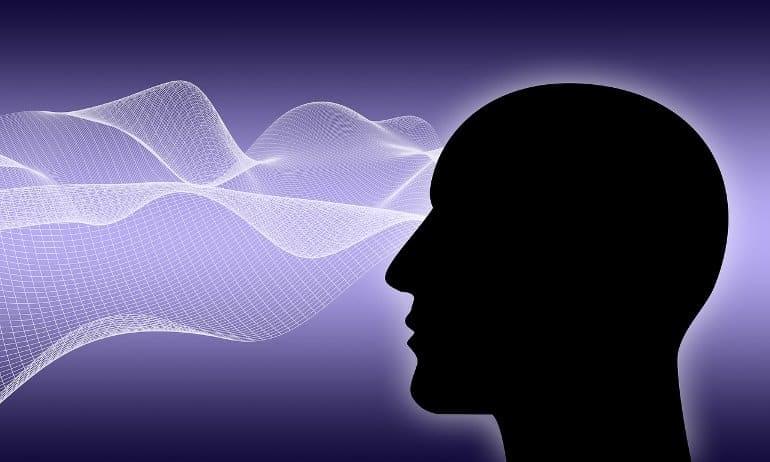
Can ‘Random Noise’ Unlock Our Learning Potential?
Summary: Transcranial random noise stimulation (tRNS) may be a useful tool in enhancing learning rates in those with limited learning capabilities.
Source: Edith Cowan University.
Though many of us may seek a quiet place in which to study, ‘noise’ may play a key role in helping some people improve their learning potential.
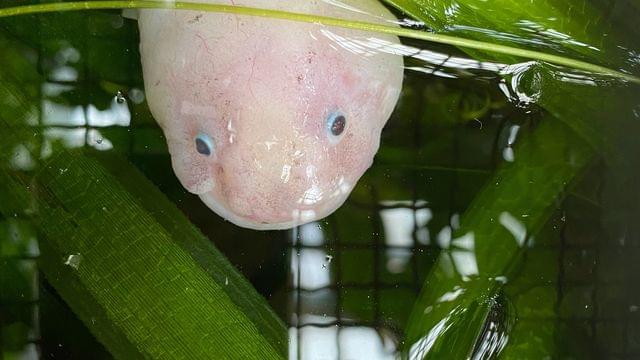
How Axolotls Regrow Their Brains After Injury
In a new study published in Science, researchers have used single-nucleus sequencing (sNuc-Seq) to characterize the cell populations of the axolotl forebrain, an aquatic salamander that can regenerate brain tissue post-injury.
Axolotls – a translational model
The brain is a complex organ, comprising billions of cells and neuronal connections that form intricate networks. Understanding which cells are actively engaged in neurological processes – and which genes underpin this activity – can help us to decipher this complexity. It is only recently that advances in single-cell sequencing have made such research possible, providing insights on the molecular signatures of thousands of individual cells.
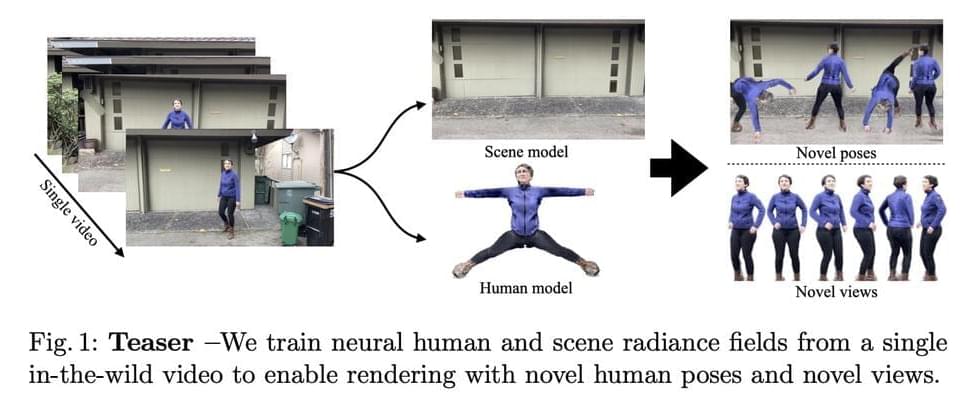
Apple Researchers Develop NeuMan: A Novel Computer Vision Framework that can Generate Neural Human Radiance Field from a Single Video
Neural Radiance Fields (NeRF) were first developed, greatly enhancing the quality of new vision synthesis. It was first suggested as a way to rebuild a static picture using a series of posed photographs. However, it has been swiftly expanded to include dynamic and uncalibrated scenarios. With the assistance of sizable controlled datasets, recent work additionally concentrate on animating these human radiance field models, thereby broadening the application domain of radiance-field-based modeling to provide augmented reality experiences. In this study, They are focused on the case when just one video is given. They aim to rebuild the human and static scene models and enable unique posture rendering of the person without the need for pricey multi-camera setups or manual annotations.
Neural Actor can create inventive human poses, but it needs several films. Even with the most recent improvements in NeRF techniques, this is far from a simple task. The NeRF models must be trained using many cameras, constant lighting and exposure, transparent backgrounds, and precise human geometry. According to the table below, HyperNeRF cannot be controlled by human postures but instead creates a dynamic scene based on a single video. ST-NeRF uses many cameras to rebuild each person using a time-dependent NeRF model, although the editing is only done to change the bounding box. HumanNeRF creates a human model from a single video with masks that have been carefully annotated; however, it does not demonstrate generalization to novel postures.
With a model trained on a single video, Vid2Actor can produce new human poses, but it cannot model the surroundings. They solve these issues by proposing NeuMan, a system that can create unique human stances and novel viewpoints while reconstructing the person and the scene from a single in-the-wild video. Figure 1’s high-quality pose-driven rendering is made possible by NeuMan, a cutting-edge framework for training NeRF models for both the human and the scene. They first estimate the camera poses, the sparse scene model, the depth maps, the human stance, the human form, and the human masks from a moving camera’s video.
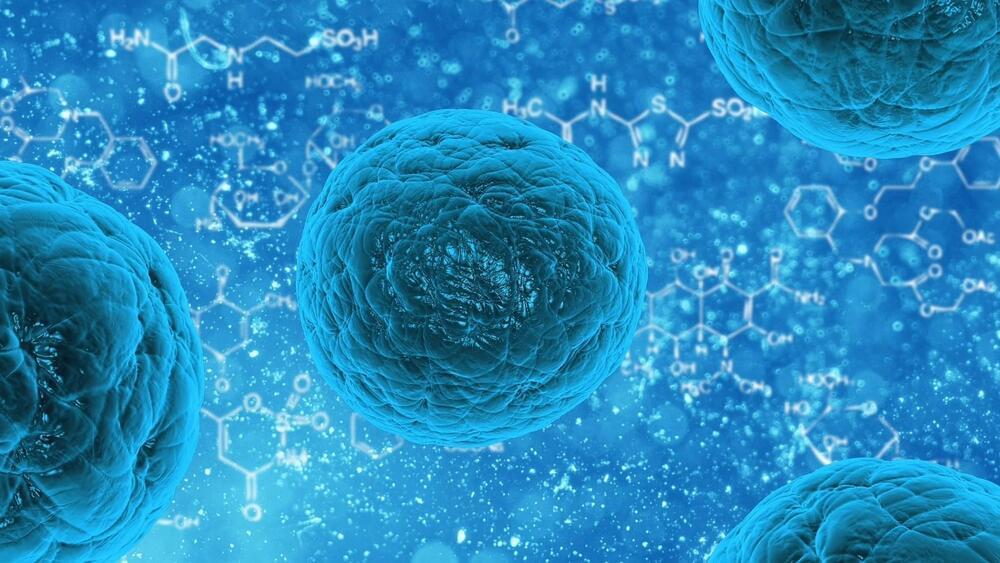
Stem cell-gene therapy shows promise in ALS safety trial
Cedars-Sinai investigators have developed an investigational therapy using support cells and a protective protein that can be delivered past the blood-brain barrier. This combined stem cell and gene therapy can potentially protect diseased motor neurons in the spinal cord of patients with amyotrophic lateral sclerosis, a fatal neurological disorder known as ALS or Lou Gehrig’s disease.
In the first trial of its kind, the Cedars-Sinai team showed that delivery of this combined treatment is safe in humans. The findings were reported today in the peer-reviewed journal Nature Medicine.
“Using stem cells is a powerful way to deliver important proteins to the brain or spinal cord that can’t otherwise get through the blood-brain barrier,” said senior and corresponding author Clive Svendsen, Ph.D., professor of Biomedical Sciences and Medicine and executive director of the Cedars-Sinai Board of Governors Regenerative Medicine Institute. “We were able to show that the engineered stem cell product can be safely transplanted in the human spinal cord. And after a one-time treatment, these cells can survive and produce an important protein for over three years that is known to protect motor neurons that die in ALS.”
Clarifying the physics of walking: For multi-legged creatures, it’s a lot like slithering
The physics of walking for multi-legged animals and robots is simpler than previously thought. That is the finding described by a team of roboticists, physicists and biologists in the Sept. 5 issue of the Proceedings of the National Academy of Sciences, in a paper titled “Walking is like slithering: a unifying, data-driven view of locomotion.”
“This is important because it will allow roboticists to build much simpler models to describe the way robots walk and move through the world,” said paper coauthor Nick Gravish, a faculty member in the Department of Mechanical and Aerospace Engineering at the University of California San Diego.
The researchers had previously studied ant walking and wanted to see how their findings could be applied to robots. In the process, they discovered a new mathematical relationship between walking, skipping, slithering and swimming in viscous fluids for multi-legged animals and bots.
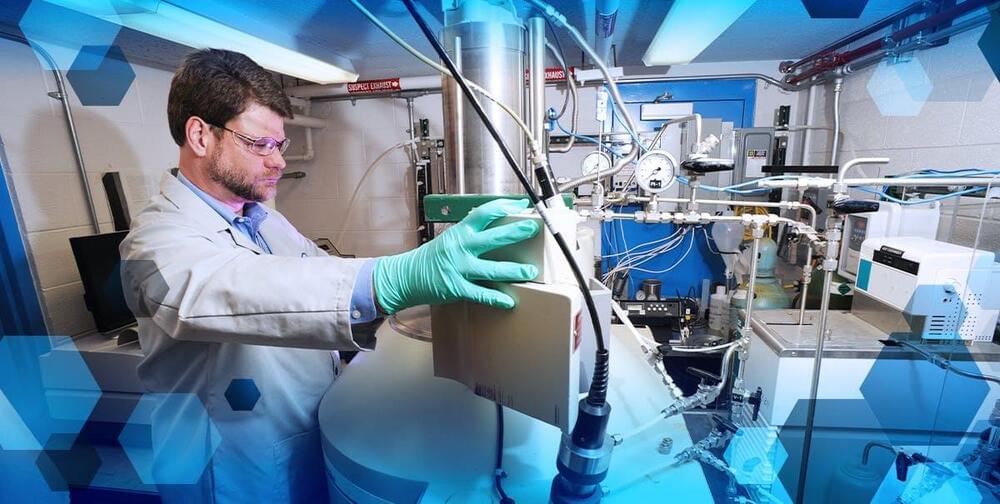
Center for Radiation Chemistry Research takes a forgotten science into the future
Now, as a new generation of nuclear reactor designers develop advanced molten salt reactor concepts as an alternative for providing reliable, sustainable, carbon-free power, the need for radiation chemistry has never been greater.
To meet that need, Idaho National Laboratory’s Center for Radiation Chemistry Research has developed a capability that supports the nuclear energy industry by researching radiation-induced effects in advanced reactors, fuels, coolants, materials and fuel recycling technologies while also training the next generation of radiation chemists.
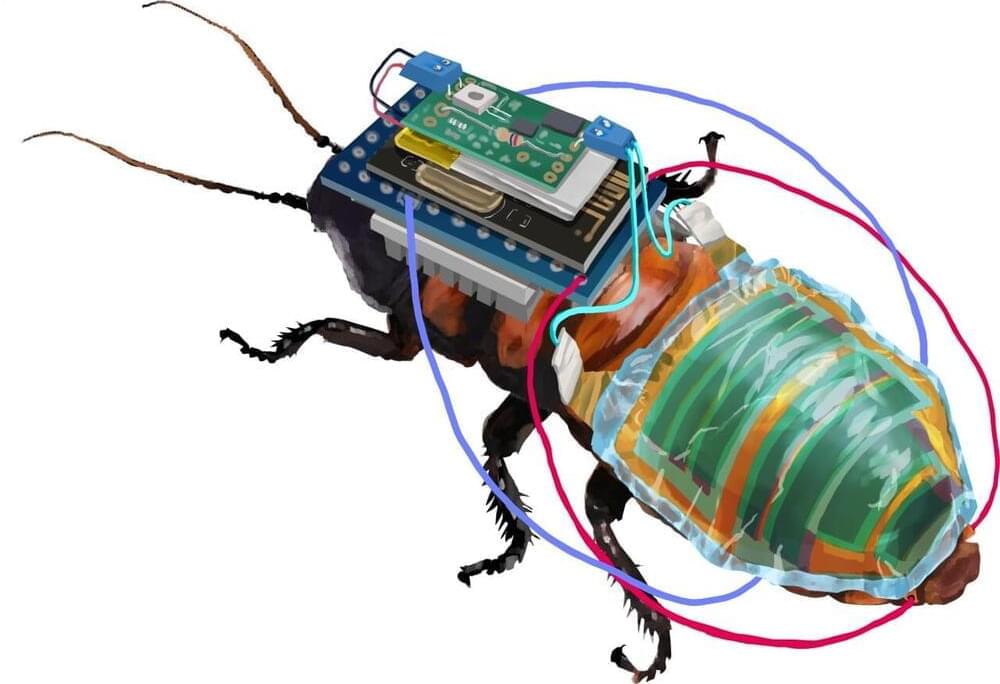
Robo-bug: A rechargeable, remote-controllable cyborg cockroach
An international team led by researchers at the RIKEN Cluster for Pioneering Research (CPR) has engineered a system for creating remote controlled cyborg cockroaches, equipped with a tiny wireless control module that is powered by a rechargeable battery attached to a solar cell. Despite the mechanic devices, ultrathin electronics and flexible materials allow the insects to move freely. These achievements, reported in the scientific journal npj Flexible Electronics on September 5, will help make the use of cyborg insects a practical reality.
Researchers have been trying to design cyborg insects—part insect, part machine—to help inspect hazardous areas or monitor the environment. However, for the use of cyborg insects to be practical, handlers must be able to control them remotely for long periods of time. This requires wireless control of their leg segments, powered by a tiny rechargeable battery. Keeping the battery adequately charged is fundamental—nobody wants a suddenly out-of-control team of cyborg cockroaches roaming around. While it’s possible to build docking stations for recharging the battery, the need to return and recharge could disrupt time-sensitive missions. Therefore, the best solution is to include an on-board solar cell that can continuously ensure that the battery stays charged.
All of this is easier said than done. To successfully integrate these devices into a cockroach that has limited surface area required the research team to develop a special backpack, ultrathin organic solar cell modules, and an adhesion system that keeps the machinery attached for long periods of time while also allowing natural movements.
Ramjet Propulsion and the Near Impossibility of Interstellar Travel
Human space exploration has had its share of successes, with our probes going far into interstellar space. But humans themselves haven’t made it past the Moon yet. If we’re ever to find other Earth-like planets or alien civilizations we have to be able to traverse the immense span of space much quicker. One potential invention that could make this a reality is a theoretical space drive known as the “Bussard collector” or “Ramjet propulsion”. A recent physics paper published in the journal Acta Astronautica considers the feasibility of this technology.
The thrust from the jet would theoretically allow the ship to reach relativistic speeds, while carrying no onboard fuel. The concept is based on the presence of high-energy particles in space, with hydrogen especially existing in an ionized state that can be affected by magnetic fields.
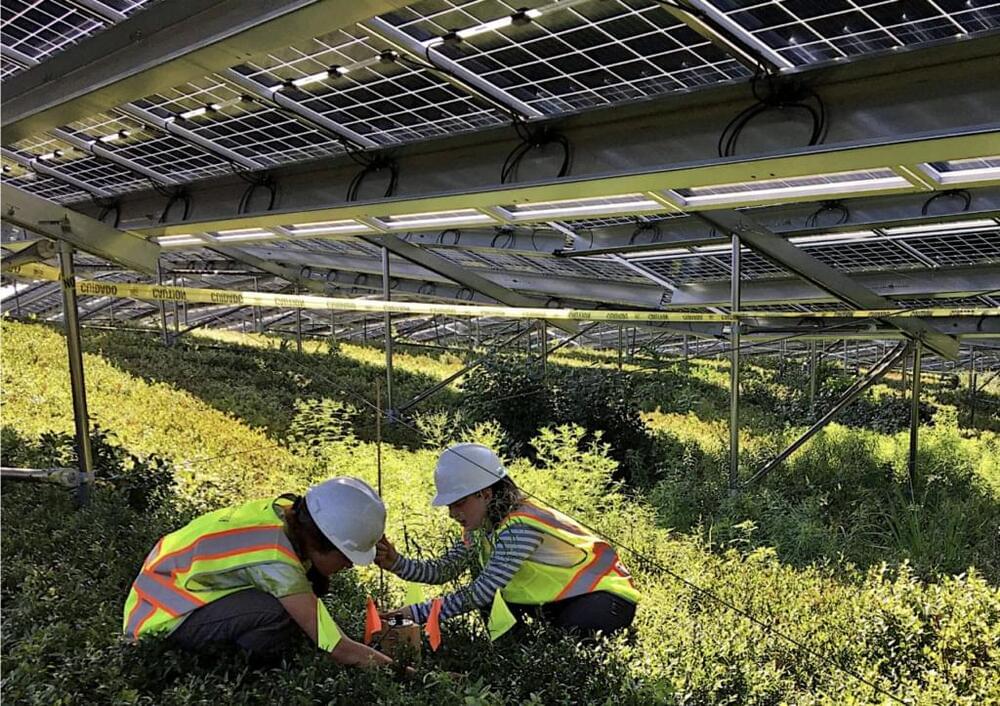
Maine pairs solar panels with wild blueberries. Will it bear fruit?
But blueberry land and other parcels of rural Maine are being increasingly eyed for housing development, and Sweetland feels the wild blueberry sector is under pressure, especially when blueberry market prices drop.
He hopes that a new “crop” growing in tandem with berries could help boost the local industry and preserve farmland. That would be solar panels that have been installed across 11 acres of the land where Sweetland farms blueberries in Rockport, Maine.
The University of Maine is studying this example of dual-use agrivoltaics. The solar installation was developed by the Boston-based solar developer BlueWave, and it is owned by the company Navisun, which makes lease payments to the landowner. Sweetland tends, harvests and sells the blueberries, and shares profits with the landowner.